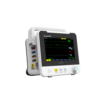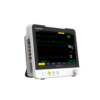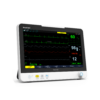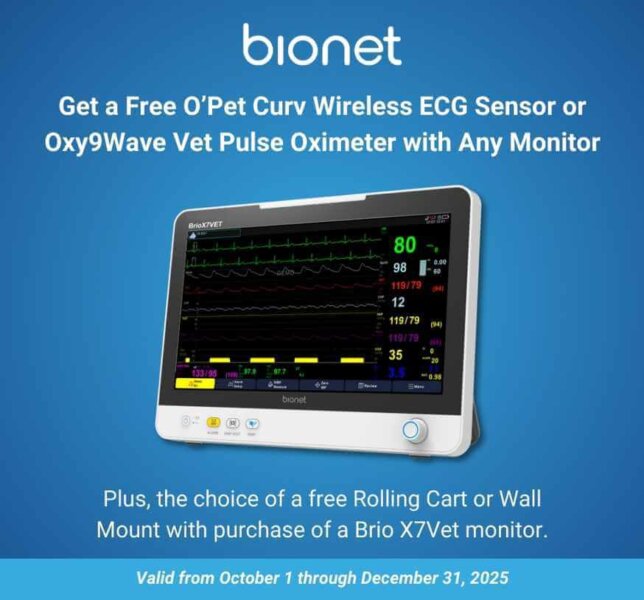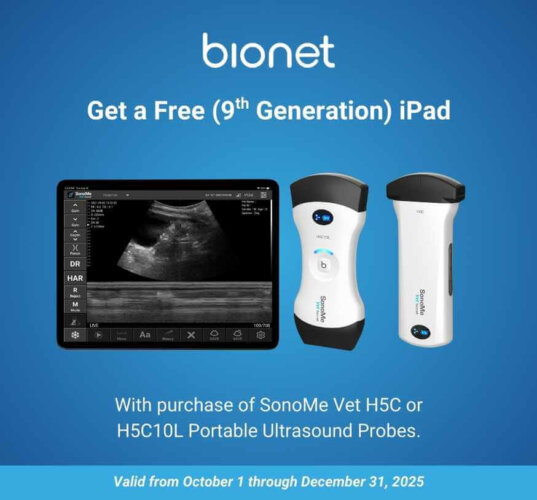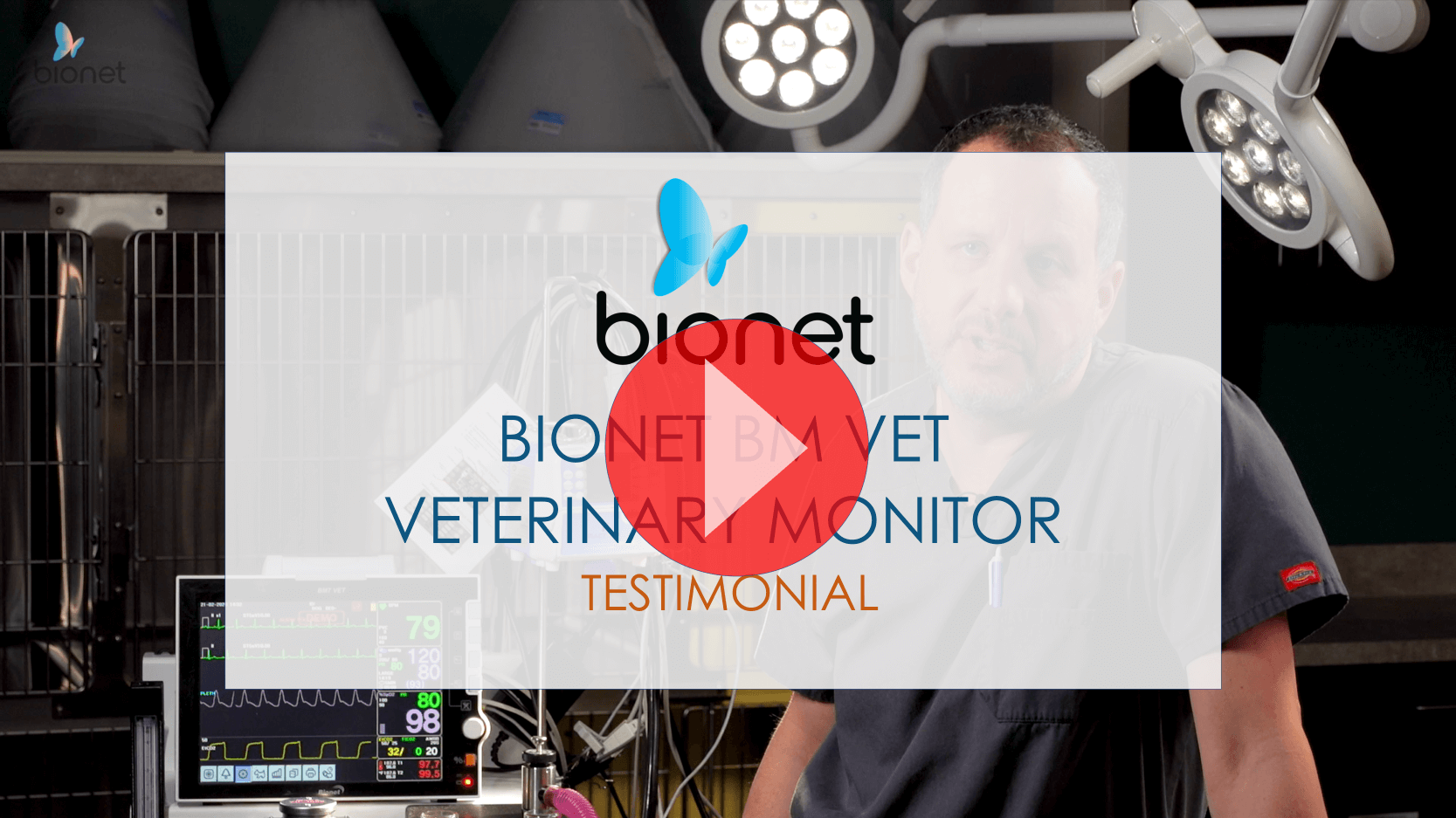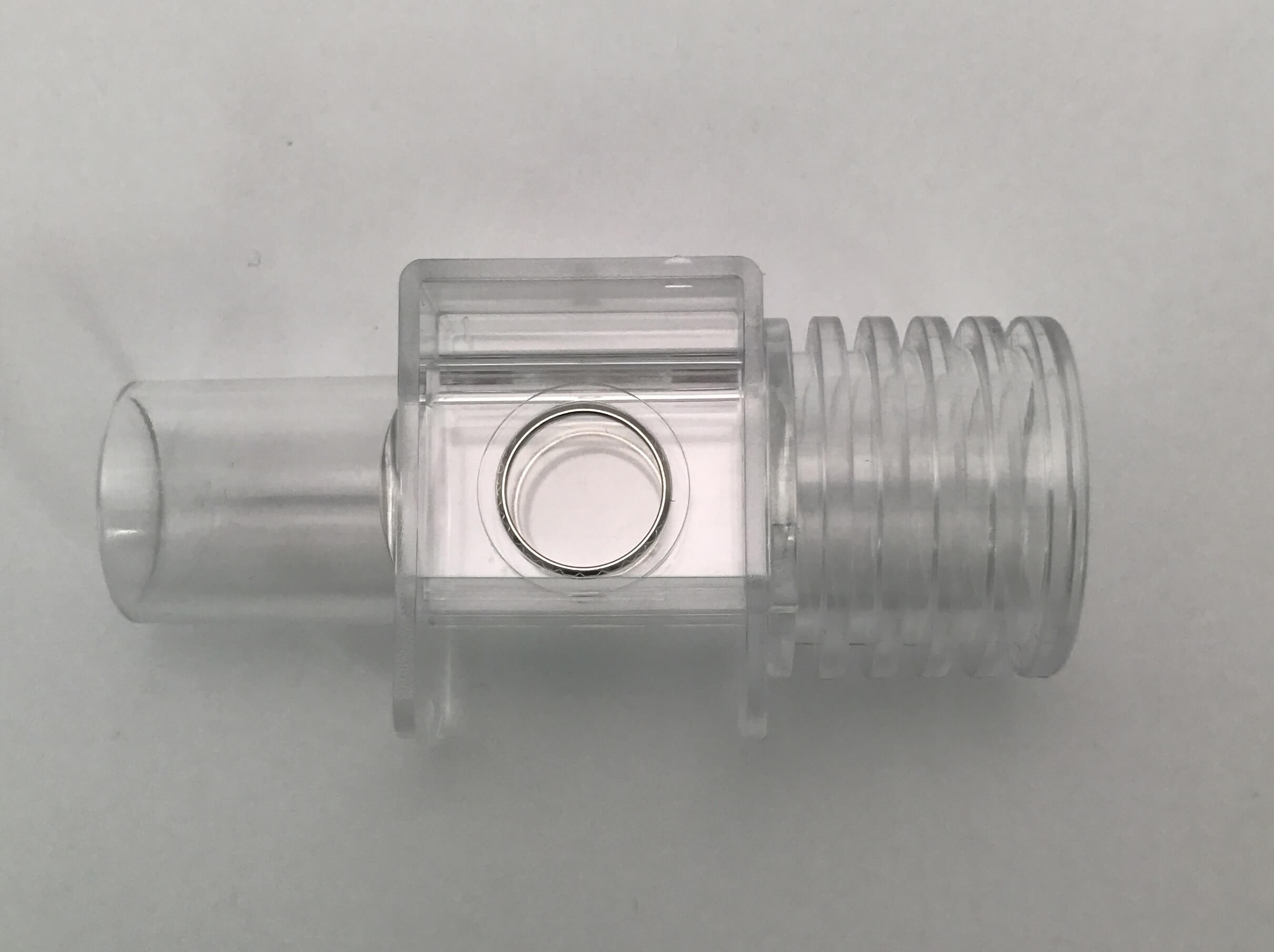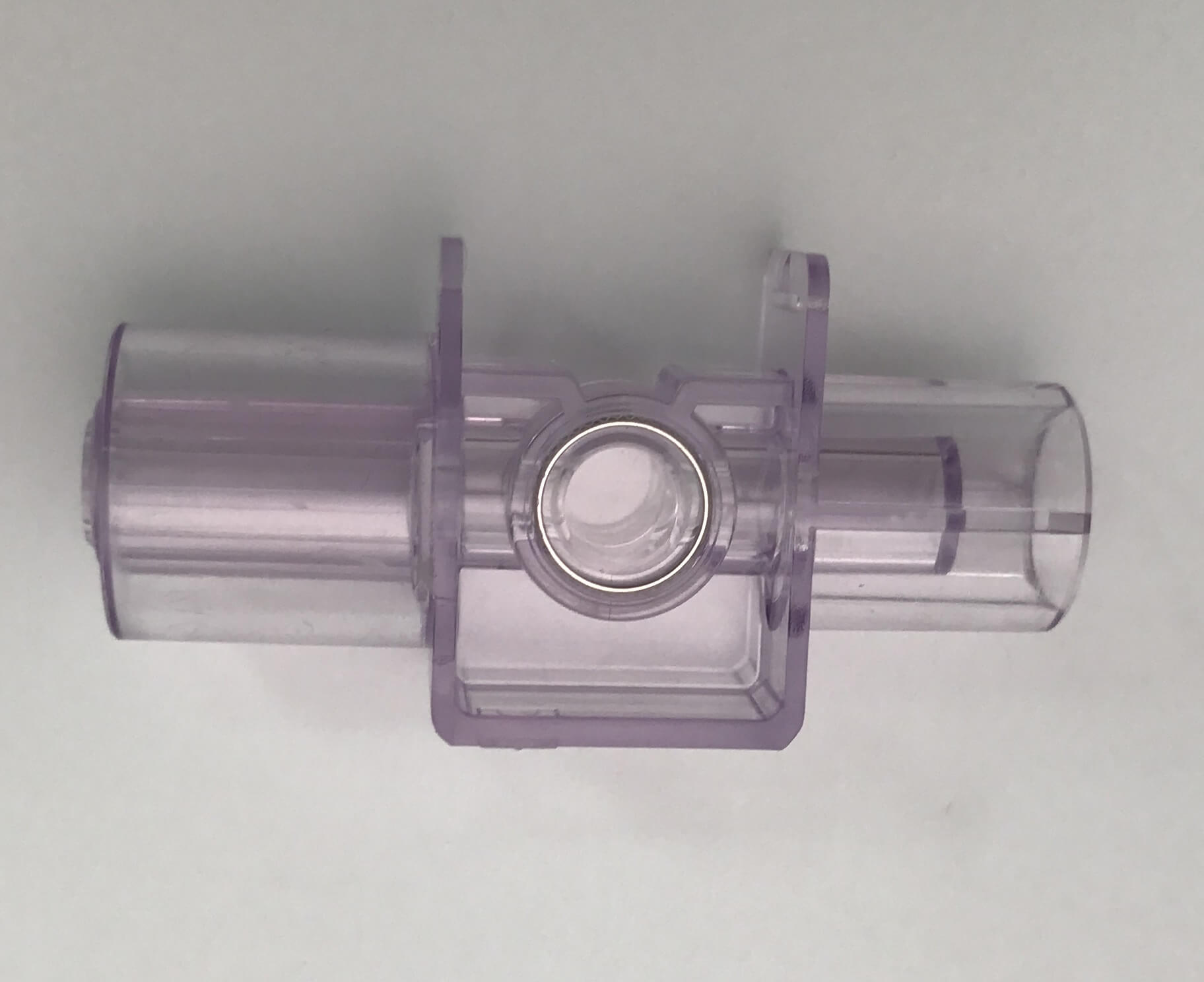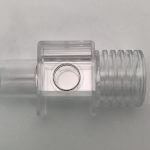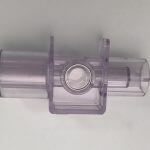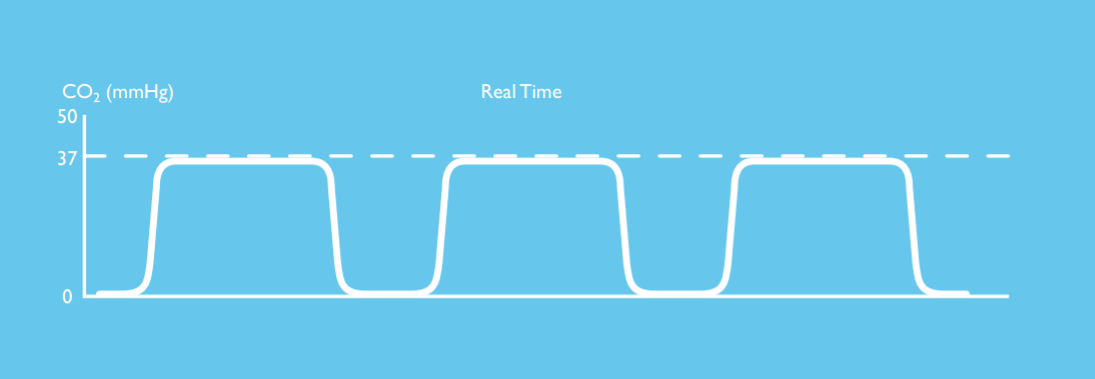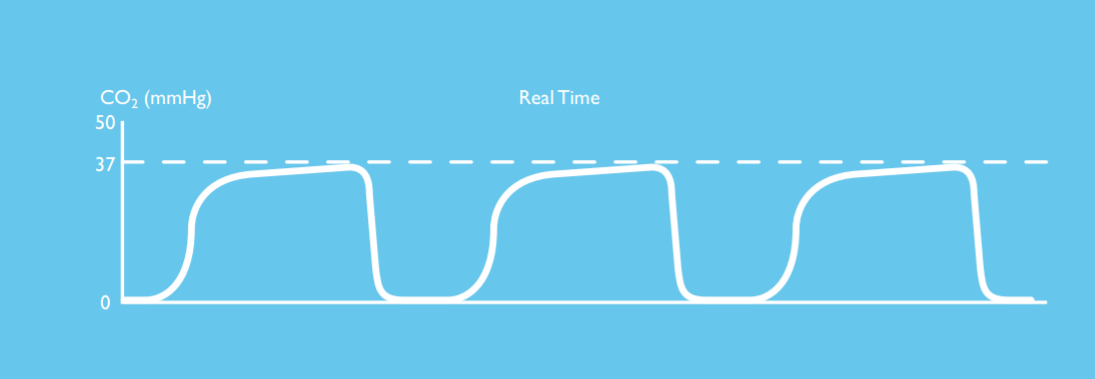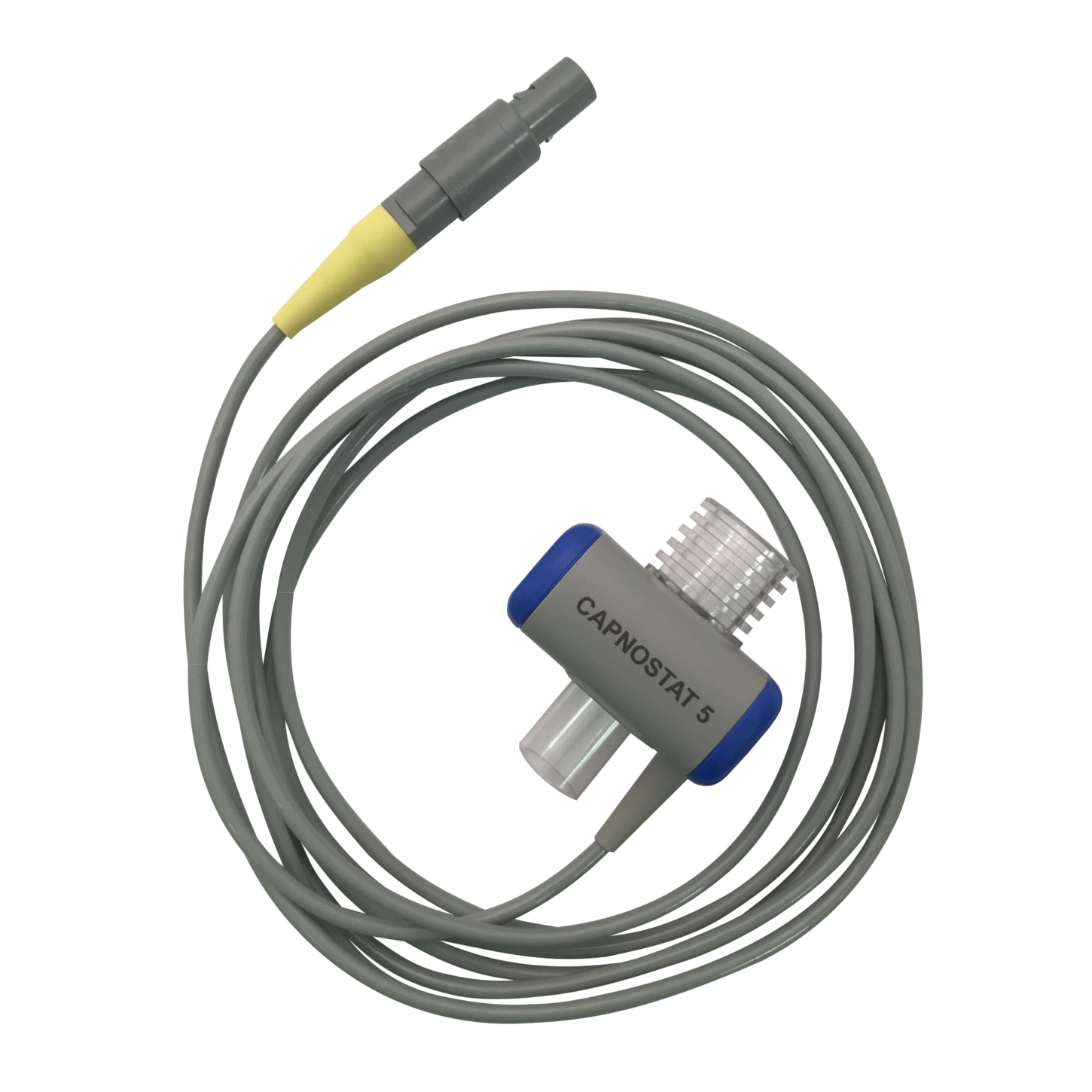
EtCO2 Sensor - Mainstream
EtCO2 Monitoring Module
EtCO2 monitoring is one of the easiest ways to alert for failing health conditions, such as hyper or hypothermia but requires highly accurate and durable sensor. Our mainstream sensor is manufactured by Philips Respironics, using sophisticated infrared absorption spectroscopy to measure EtCO2. Measurements are taken at the patient’s airway, so response is faster and there is less chance of erroneous, artifact date. And since there are not moving parts, our mainstream sensor is durable and provides reliable readings you can count on. Our mainstream comes with 2 year warranty and the package includes 1 each of the 2 size airway adapters (a larger adapter for tubes greater than 4mm and a smaller adapter for tubes less than or equal to 4mm).

EtCO2 monitoring is one of the easiest ways to alert for failing health conditions, such as hyper or hypothermia but requires highly accurate and durable sensor. Our mainstream sensor is manufactured by Philips Respironics, using sophisticated infrared absorption spectroscopy to measure EtCO2. Measurements are taken at the patient’s airway, so response is faster and there is less chance of erroneous, artifact date. And since there are not moving parts, our mainstream sensor is durable and provides reliable readings you can count on. Our mainstream comes with 2 year warranty and the package includes 1 each of the 2 size airway adapters (a larger adapter for tubes greater than 4mm and a smaller adapter for tubes less than or equal to 4mm).

Product Highlights
Fast
Measurements are taken at the patient’s airway, so response time is fast – less than 60ms
Easy
Simply snap the sensor onto the airway adapter. There are no clips or latches to break
Accurate
Clear, precious CO2 measurement. No regular calibration is required
Reliable
Rugged design and construction minimized the downtime. No moving parts to replace
Lightweight
At just 25grams. Ideal for every patient
Warranty
2 year warranty
Quick Link
Product Highlights
Fast
Measurements are taken at the patient’s airway, so response time is fast – less than 60ms
Easy
Simply snap the sensor onto the airway adapter. There are no clips or latches to break
Accurate
Clear, precious CO2 measurement. No regular calibration is required
Reliable
Rugged design and construction minimized the downtime. No moving parts to replace
Lightweight
At just 25grams. Ideal for every patient
Warranty
2 year warranty
Quick Link
EtCO2 monitoring is one of the easiest ways to alert for failing health conditions, such as hyper or hypothermia but requires highly accurate and durable sensor. Our mainstream sensor is manufactured by Philips Respironics, using sophisticated infrared absorption spectroscopy to measure EtCO2. Measurements are taken at the patient’s airway, so response is faster and there is less chance of erroneous, artifact date. And since there are not moving parts, our mainstream sensor is durable and provides reliable readings you can count on. Our mainstream comes with 2 year warranty and the package includes 1 each of the 2 size airway adapters (a larger adapter for tubes greater than 4mm and a smaller adapter for tubes less than or equal to 4mm).
Intended Use: To monitor vital signs in veterinary patients (feline, canine), including: EtCO2
Features and benefits
- Fast – Measurements are taken at the patient’s airway, so response time is fast – less than 60ms
- Easy – Simply snap the sensor onto the airway adapter. There are no clips or latches to break
- Accurate – Clear, precious CO2 measurement. No regular calibration is required
- Reliable – Rugged design and construction minimized the downtime. No moving parts to replace
- Lightweight – At just 25grams. Ideal for every patient
Guide for mainstream CO2 sensor adapter zero
An “adapter zero” is a quick procedure that adjust our mainstream sensor to the optical characteristics of each compatible airway adapter.
- Procedure is necessary with the first use of the mainstream sensor
- Procedure is necessary when switching from a reusable airway adapter to a disposable airway adapter
- Zeroing is not required when switching adapter size only
- Procedure is necessary when requested by CO2 Monitor
- Typical time for zero is 15-20 seconds
* Never zero the mainstream sensor without an adapter or sampling kit installed. When zeroing, always remove the adapter or cannula from the patient and keep all sources of CO2 away from the sensor, including your own breath.
The many uses of capnography in general
- Ventilator management
- Assists in determining when to intubate or extubate
- Verification of ET tube placement
- Alerts if accidental extubation occurs
- On-going airway management
- Initial setup, monitoring and weaning from ventilator
- Ventilator disconnect detection
- Assists in determining hyper and hypo ventilation
- Assists in determining deadspace (A-a CO2 gradient)
- Monitoring and diagnostic
- Waveform analysis – breathing pattern assessment
- Visualize changes in ventilatory pattern
- Assessment of patient/ventilator synchrony
- Monitors for over-sedation
- Verification of target PaCO2 in head trauma patients
- Assists in determining loss of airway control
- Assessment of neuromuscular blockade drugs
- Evaluation of bronchodilator therapy
- Useful in asthma management, especially in the ED
- Effectiveness of chest compressions during CPR
- Verification of ventilation during transport
Difference in Monitoring with Mainstream and Sidestream CO2 Sensors
Mainstream CO2 Sensor
- Most appropriate form of EtCO2 monitoring for mechanically ventilated intubated patients
- On-airway measurement – immediate response
- CO2 sensor is located between the ET tube and the breathing circuit
- Disposable and reusable adult/pediatric and infant/neonatal airway adapters
Sidestream CO2 Sensor
- Used to monitor the EtCO2 of awake, non-intubated patients
- Sample diverted to measurement site from patient interface
- Cannula available that sample CO2 and deliver O2 simultaneously
- Cannula can be placed on patients under masks, such as oxygen delivery or CPAP masks


- Overview
-
EtCO2 monitoring is one of the easiest ways to alert for failing health conditions, such as hyper or hypothermia but requires highly accurate and durable sensor. Our mainstream sensor is manufactured by Philips Respironics, using sophisticated infrared absorption spectroscopy to measure EtCO2. Measurements are taken at the patient’s airway, so response is faster and there is less chance of erroneous, artifact date. And since there are not moving parts, our mainstream sensor is durable and provides reliable readings you can count on. Our mainstream comes with 2 year warranty and the package includes 1 each of the 2 size airway adapters (a larger adapter for tubes greater than 4mm and a smaller adapter for tubes less than or equal to 4mm).
Intended Use: To monitor vital signs in veterinary patients (feline, canine), including: EtCO2
Features and benefits
- Fast – Measurements are taken at the patient’s airway, so response time is fast – less than 60ms
- Easy – Simply snap the sensor onto the airway adapter. There are no clips or latches to break
- Accurate – Clear, precious CO2 measurement. No regular calibration is required
- Reliable – Rugged design and construction minimized the downtime. No moving parts to replace
- Lightweight – At just 25grams. Ideal for every patient
Guide for mainstream CO2 sensor adapter zero
An “adapter zero” is a quick procedure that adjust our mainstream sensor to the optical characteristics of each compatible airway adapter.
- Procedure is necessary with the first use of the mainstream sensor
- Procedure is necessary when switching from a reusable airway adapter to a disposable airway adapter
- Zeroing is not required when switching adapter size only
- Procedure is necessary when requested by CO2 Monitor
- Typical time for zero is 15-20 seconds
* Never zero the mainstream sensor without an adapter or sampling kit installed. When zeroing, always remove the adapter or cannula from the patient and keep all sources of CO2 away from the sensor, including your own breath.
The many uses of capnography in general
- Ventilator management
- Assists in determining when to intubate or extubate
- Verification of ET tube placement
- Alerts if accidental extubation occurs
- On-going airway management
- Initial setup, monitoring and weaning from ventilator
- Ventilator disconnect detection
- Assists in determining hyper and hypo ventilation
- Assists in determining deadspace (A-a CO2 gradient)
- Monitoring and diagnostic
- Waveform analysis – breathing pattern assessment
- Visualize changes in ventilatory pattern
- Assessment of patient/ventilator synchrony
- Monitors for over-sedation
- Verification of target PaCO2 in head trauma patients
- Assists in determining loss of airway control
- Assessment of neuromuscular blockade drugs
- Evaluation of bronchodilator therapy
- Useful in asthma management, especially in the ED
- Effectiveness of chest compressions during CPR
- Verification of ventilation during transport
Difference in Monitoring with Mainstream and Sidestream CO2 Sensors
Mainstream CO2 Sensor
- Most appropriate form of EtCO2 monitoring for mechanically ventilated intubated patients
- On-airway measurement – immediate response
- CO2 sensor is located between the ET tube and the breathing circuit
- Disposable and reusable adult/pediatric and infant/neonatal airway adapters
Sidestream CO2 Sensor
- Used to monitor the EtCO2 of awake, non-intubated patients
- Sample diverted to measurement site from patient interface
- Cannula available that sample CO2 and deliver O2 simultaneously
- Cannula can be placed on patients under masks, such as oxygen delivery or CPAP masks
- Specifications
-

- Accessories
-

- The accuracy specifications of the Capnostat 5 (mainstream sensor) and LoFlo (sidestream sensor) are the same
- Both monitor patient respiratory rate from 2 to 150 Breaths per minute
- Both measure EtCO2 from 0 to 150 mmHg, 0 to 19.7% or 0 to 20 kPa
- The Capnostat 5 sensor, LoFlo sensor, and all accessories used with them, are Latex free
